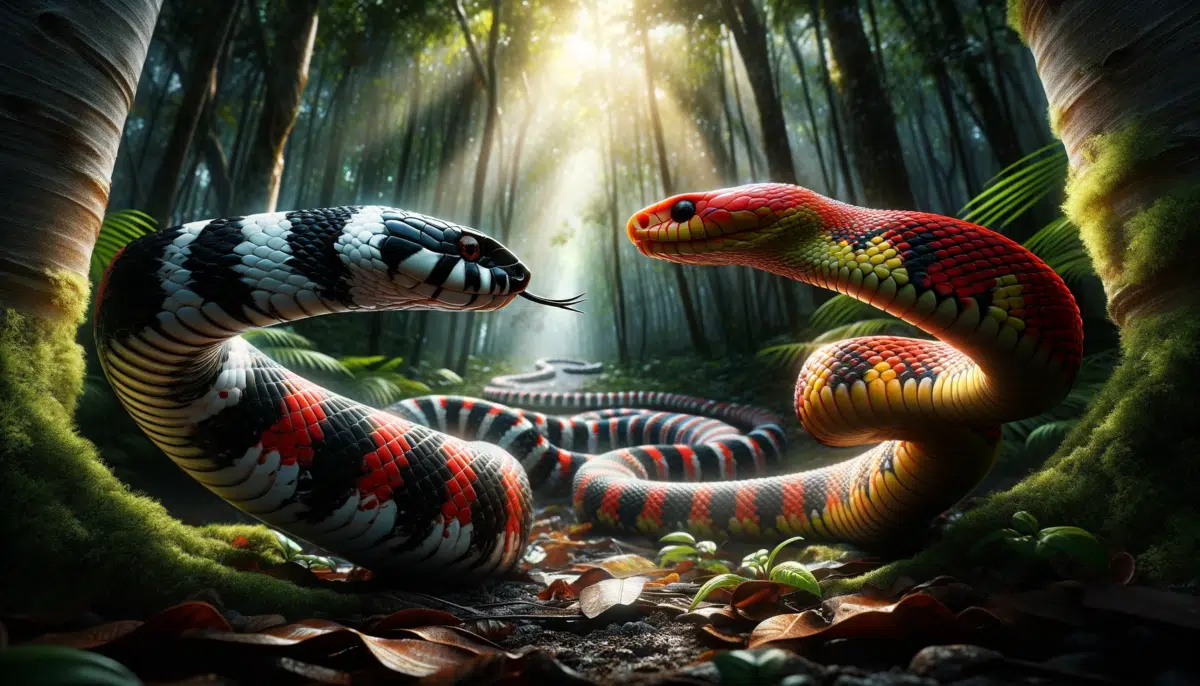Are you interested to learn about King Snake vs. Coral Snake?
The King and Coral snakes share the same peculiarity and specific physical characteristics. Because of that, people often confuse the two. Both snakes have a bright appearance and colorful stripes. One of these snakes has highly lethal venom and poses a significant threat to humans. The other is entirely non-dangerous to man.
You might also like to read about the most lethal snake in the world.
So, which of them is harmful? And how can you differentiate the harmful one from the harmless one? Let’s find out.
What is a Coral Snake?
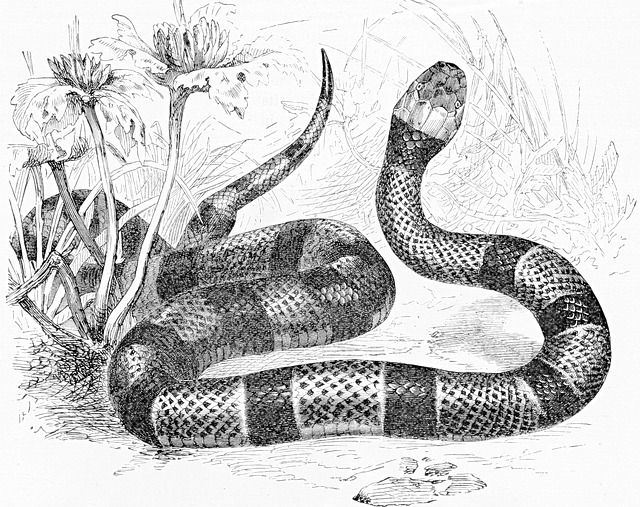
Over 80 coral snake species are found in the world, grouped into Old World and New World coral snakes. They are common in America and Asia, and you can find about 65 New World coral snake species in America. Meanwhile, Asia accommodates all 16 Old World coral snake species.
Generally, coral snakes release a sharp venom that penetrates humans’ bloodstream to paralyze a person and eventually cause death. If a coral snake bites you, you can also experience nausea, warbled speech, dizziness, intense pain, and respiratory issues.
Although they have different color patterns, coral snakes commonly come in red and yellow. Thus, if you notice a red-yellow banded snake around you, flee!
Furthermore, coral snakes seem to love the temperate areas of the US. That is why snake bites are rampant in those areas of the country. You can easily spot the New World coral snakes in the middle of North Carolina forests. You will find them along southern Florida and Louisiana.
Primary habitats of coral snakes include forests, grasslands, mountains, deserts, and semi-arid areas. They feed mainly on smaller snakes, eggs, lizards, and frogs.
What is a King Snake?
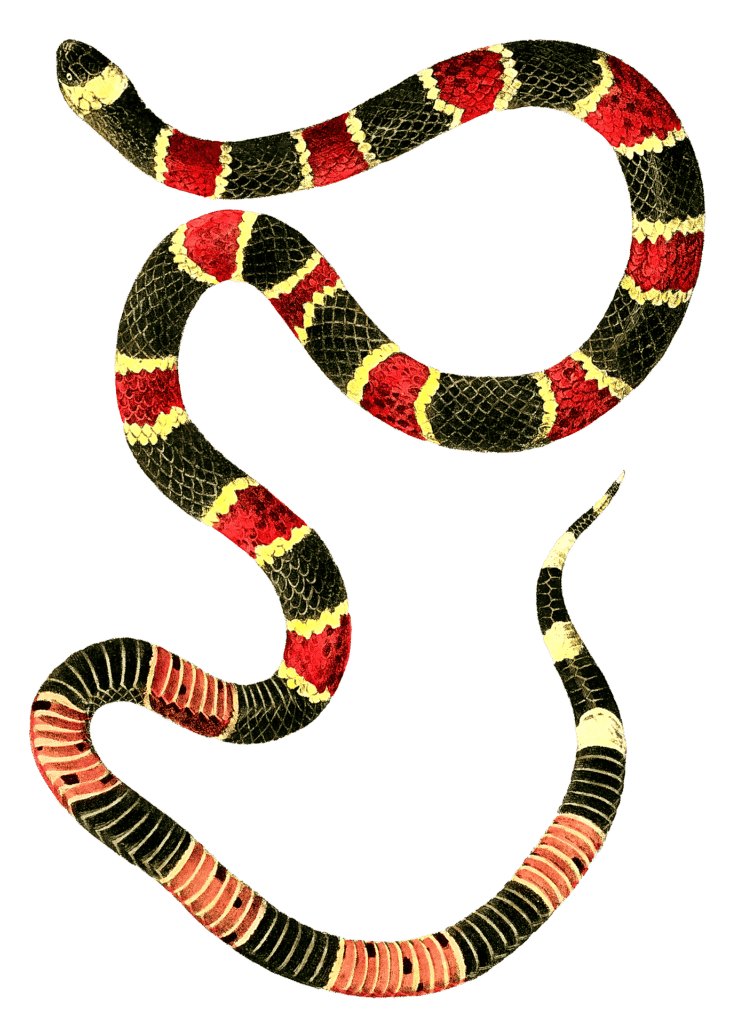
King Snakes are in the genus Lampropeltis (meaning “shiny shields”) and are giant and harmless. You can find many species in the US.
A king snake grows between 24 inches or 60 inches long. They also usually come in red & brown and red & paired black markings with a touch of yellow. You can see how similar the king is to the coral snake and why it is easy to confuse them.
King snakes mostly dwell in North America, especially in the areas bordering the US and Mexico. In those areas, you can find them in both tropical rainforests and deserts. They feed on birds, eggs, rodents, lizards, rattlesnakes, smaller snakes, and other coral snakes.
Each king snake species has its own peculiar name. Some of these species include:
- Central plains milk snake
- Scarlet king snake
- Prairie king snake
- Common king snake
5 Major Differences: King Snake vs. Coral Snake
Even after skimming through the brief of what both snakes genuinely are, you might still find it daunting to differentiate between them. Coral and king snakes can easily deceive you with their looks unless you’re a sharp observer. However, you’re in luck. Below, you’ll find five peculiar differences between the coral and the king snake. With these differences, you’ll never confuse both snakes again.
#1 Markings
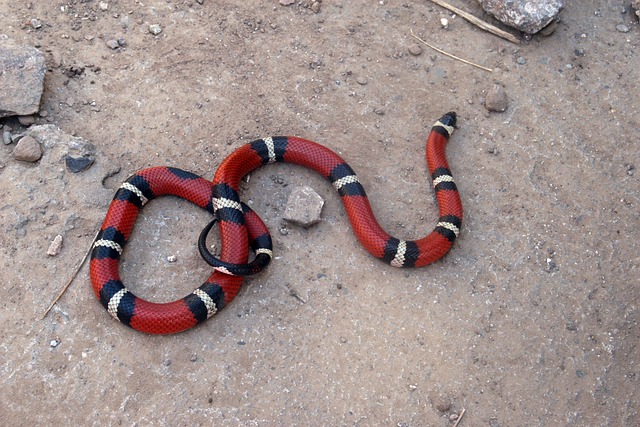
One of the physical similarities between the king and coral snakes, as we’ve seen above, is their color. It’s most commonly tricky to tell the king and coral snake apart due to their skin color markings. You’ll find that although both snakes have similar color markings, the patterns differs. Both snakes have black, red, and yellow color markings. However, on the king snake, the red band will touch only the black band. Also, the king snake has a touch of shiny, smooth scales. On the coral snake, the red band will touch only the yellow band.
#2 Venom
We have seen that the king snake is harmless. But, we cannot discuss the differences between these snakes without bringing up the nature of their venom. Coral snakes have highly toxic venom. It’s no surprise, therefore, that the coral snake is the second most poisonous in the world. Potent neurotoxins in their venom interrupt the brain’s control of muscles. Therefore, a coral snake’s bite is paralyzing and will cause other symptoms like muscle twitching and vomiting. If you don’t give immediate attention to a bite victim, they could die. Their fangs are short, unique, and erect, allowing them to possess a firm hold on prey.
In contrast, king snakes don’t possess fangs or release venom. Their small conical teeth cannot harm any human in case of a bite. Therefore, king snakes are harmless to us.
#3 Length
An excellent physical difference is in how long both snakes are. King snakes are usually longer. While King snakes grow to between 24 and 72 inches, coral snakes grow to between 18 and 20 inches. However, generally, Old World coral snakes (Asia snakes) are shorter than New World coral snakes (American snakes).
#4 Habitat
You can find coral snakes anywhere across Asia and America. They love to hide underneath leaves. Therefore, you will most likely find them in woody areas and forests. Furthermore, they may live in desert areas, hiding in the sand. In contrast, you can find King snakes in North America and Mexico. They can live in almost any habitat ranging from deserts, forests, shrubland, river slopes, and valleys to grassland.
#5 Diet
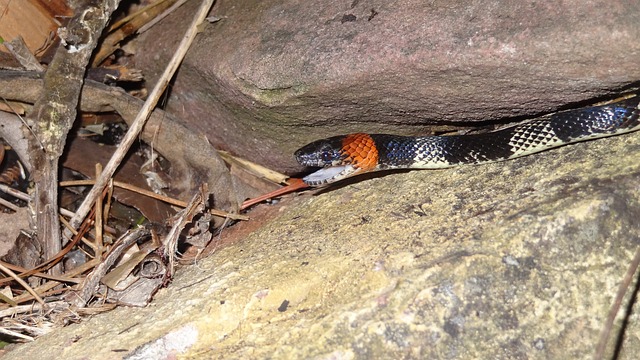
Here is where you discover why the King snake is named as such. It is because they feed on other snakes among their other diet (birds, eggs, lizards, mice, and rats).
They even feed on their appearance rival, coral snakes. Coral snakes, inferior to king snakes, feed only on lizards, frogs, and small snakes.
Bottom Line on King Snake vs. Coral Snake
Judging by their physical looks, king snakes and coral snakes are perfectly identical. However, take a step deeper in your research or decide to observe these two snakes closely. You’ll realize they have some noticeable differences. Coral snakes are harmful, while king snakes are free living.
Aside from this difference, we featured more contrasts between the two snakes in this guide. Thus, take your time to satisfy your curiosity about these snakes.
Also have a look at our other reptile pages. Thank you for reading King Snake vs. Coral Snake.
- Explore The Azores - April 22, 2024
- The 4 Best Places to See Jaguars - April 19, 2024
- Wildlife of Sweden - April 19, 2024

